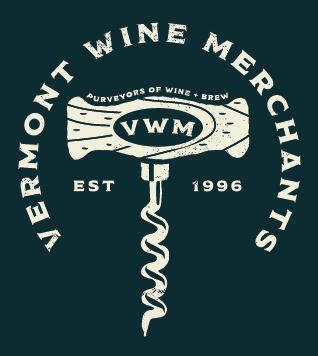Jean-Claude Berthillot of Vin des Fossiles is a visionary, reclaiming an ancient viticultural area and showing its potential for greatness. His estate is located in an area called the Brionnais (the home of Charolais beef) at the southwestern extreme of Burgundy near the Loire River, in the department of Saône-et-Loire.
Jean-Claude bought a house in the region in the 1980s, seeking a place to settle in the country. Passionate about wine, and seeing potential in the area, he decided to get some training in viticulture, and quickly became the head of the local micro-coop (around 5 producers), honing his craft there.
In the meantime, he acquired a parcel of old vines Gamay and planted some other sites with Auxerrois, Pinot Gris, Sauvignon Gris, Chardonnay, and Pinot Noir. He built a cellar beneath his house and began making his own wine, following his vision of elegant, age-worthy, minerality-driven wines.
Jean-Claude has 8 hectares in total, spread across 5 parcels. There are two main soil types here, clay-calcareous and flint, and Jean-Claude vinifies by soil type. In the vineyard he works entirely organically with certification. In the cellar, only indigenous yeast is used. There is no new wood, only stainless steel and old barrels of various sizes.
Historically, Saône-et-Loire was considered part of the Burgundy viticultural area. For a long time, the area supplied Paris with inexpensive wine in barrels loaded onto barges and floated down the Loire. But then came railroads, which made it easier to ship more potent wines from the south to the capital. Soon phylloxera hit the region, and then various wars swept through. Viticulture in the area was decimated. The sections that were revitalized for wine production were mostly planted with high-yielding hybrids. When the INAO came to the area to determine whether it was worthy of an A.O.C., the majority of growers had little interest in making quality wines, and so the idea was abandoned. There remain a few vignerons who recognize the region’s potential for greatness and seek to reclaim this ancient viticultural area.
Gamay Vieilles Vignes “Font Grain” 2013
Grapes: Gamay
Vine Age: 80 years
Soil: Clay-calcareous
Farming: EU certified organic
Vinification: Half of the grapes are de-stemmed.
After fermentation in stainless steel the wine spends 5
months in old barrels, then 10 months back in tank.
